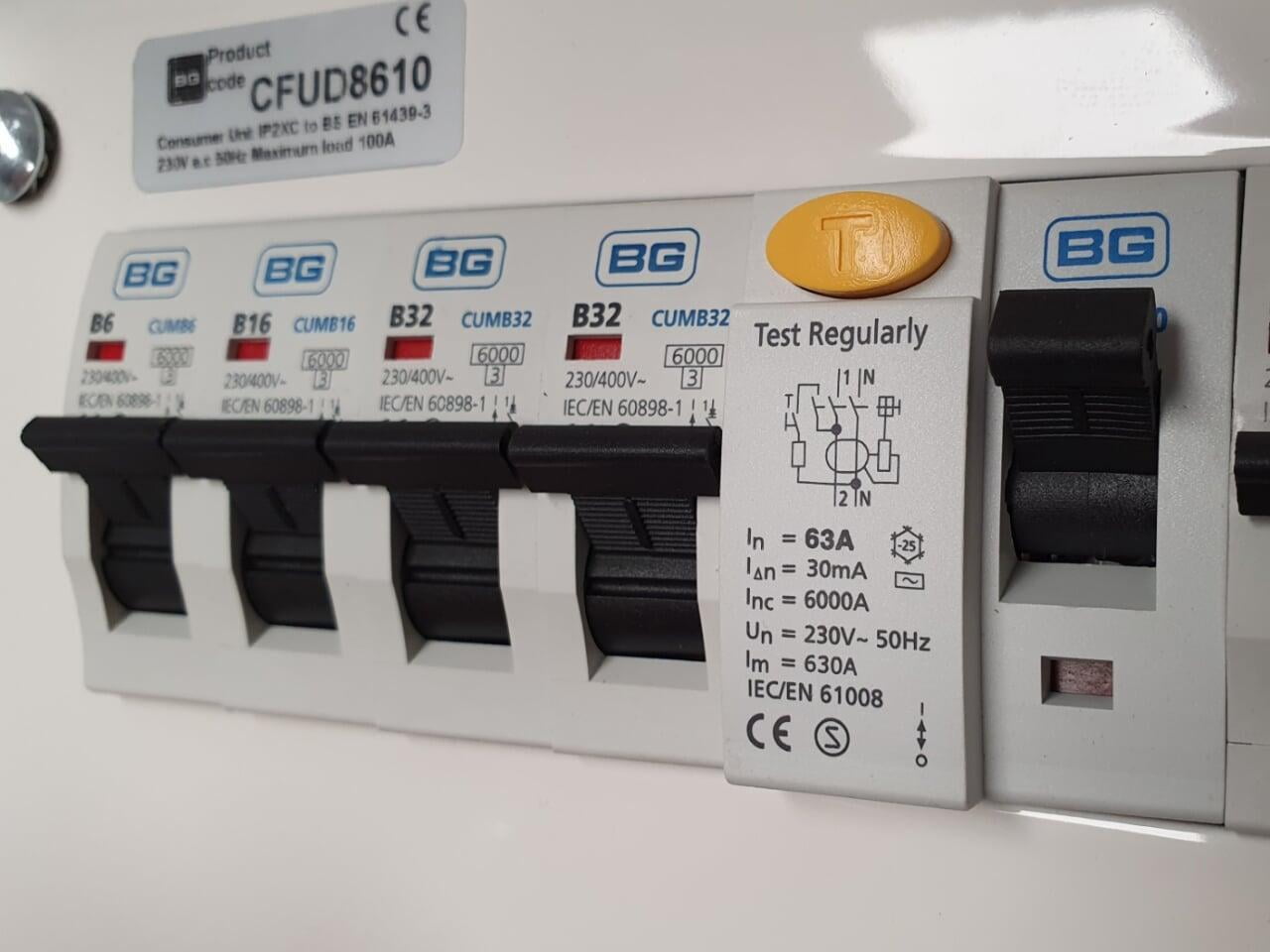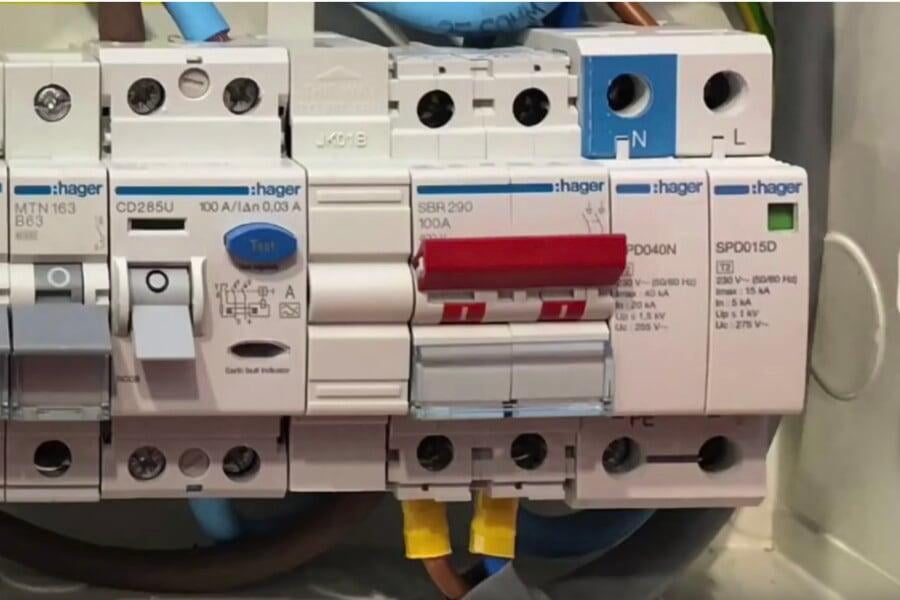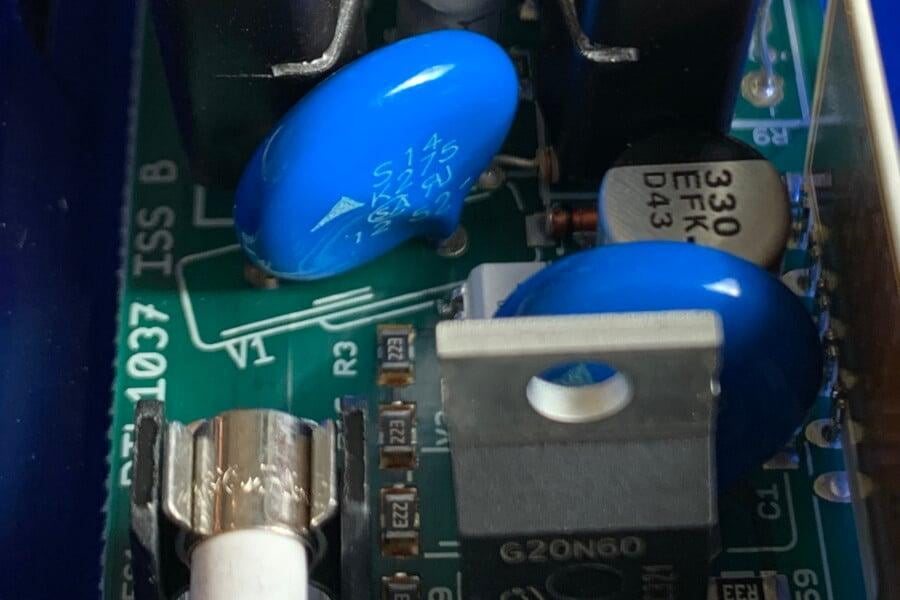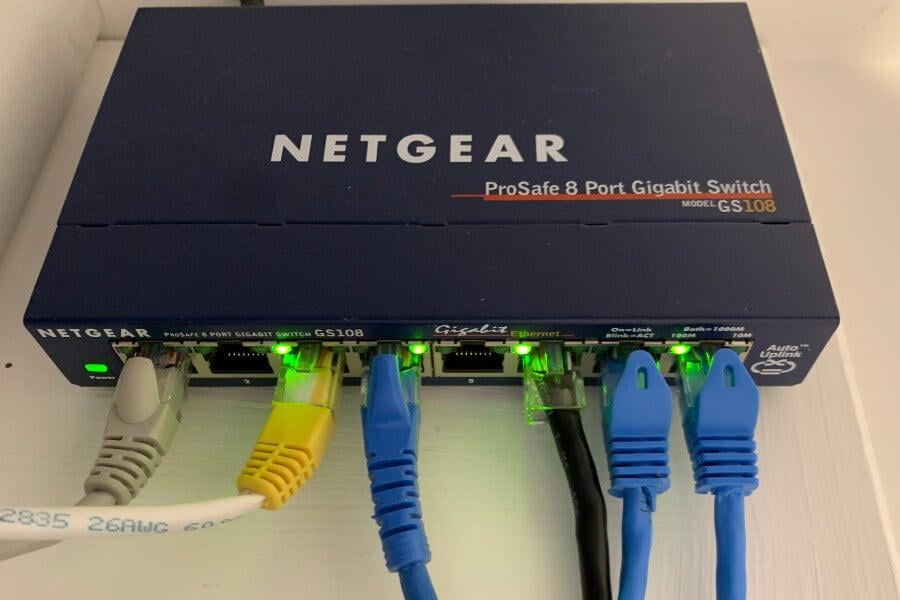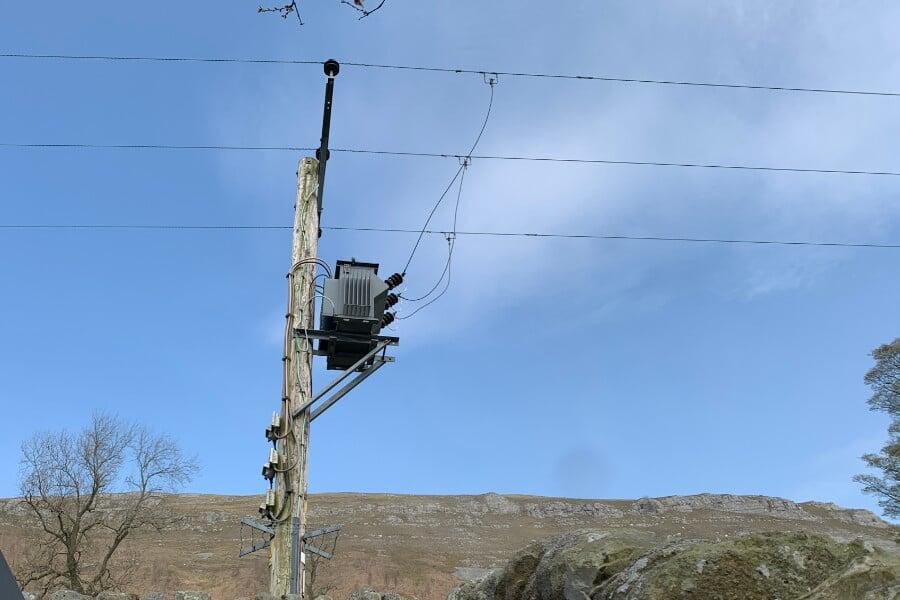The wording in the regulations almost mandates fitting SPDs unless you perform a risk assessment to conclude you don't. The formula to complete a risk assessment is complex, not in terms of the maths, but requiring an estimation of the cable lengths in the high and low voltage distribution networks supplying the installation. Yeah, good luck with that!
However, the wording also excludes single residential units where the total value of the installation and equipment therein does not justify such protection. In other words, the electrical contractor has to convince the client to justify the additional cost of the kit.
So why is the need for SPDs becoming increasingly demanding with each update to wiring regulations? It's all down to the increasing amount of electronics we use in our daily lives. Even the simplest of appliances can include microprocessor-based control, from hair dryers to washing machines. While many appliances are only in use for minutes others, e.g. LCD TV's are mostly connected and powered up all of the time.
As the number of connected electronic devices continues to grow, they're often embedded in the fixed electrical infrastructure, from the power supplies in USB charging sockets to the many smart devices such as speakers, doorbells, thermostats and security cameras. Being permanently connected even in a standby mode increases the chances of experiencing an overvoltage transient.
The problem with surges and transient voltages is that they are by nature transient, i.e. not around for very long, almost impossible to measure without some specialist kit, and random in occurrence. A challenging conversation to have with a client, you can talk about risk, but if they have never experienced a problem, it's like selling flood insurance to someone who lives on top of a hill. Ironically, the person who lives at the top of a hill in the country is likely to be at most at risk from lightning related surges in the local distribution network.
So if you have a house or office full of permanently connected IoT devices, the latest smart TV and a washing machine which sends a text message when it's finished, could you justify the cost of adding an SPD?
